详细说明
Species Reactivity
Human
Specificity
Detects human TL1A/TNFSF15 in direct ELISAs and Western blots.
Source
Recombinant Monoclonal Rabbit IgG Clone # 2116D
Purification
Protein A or G purified from cell culture supernatant
Immunogen
E. coli-derived recombinant human TL1A/TNFSF15
Leu72-Leu251
Accession # O95150Formulation
Lyophilized from a 0.2 μm filtered solution in PBS with Trehalose. *Small pack size (SP) is supplied as a 0.2 µm filtered solution in PBS.
Endotoxin Level
<0.10 EU per 1 μg of the antibody by the LAL method.
Label
Unconjugated
Applications
Recommended
ConcentrationSample
Western Blot
1 µg/mL
See below
Immunohistochemistry
0.3-25 µg/mL
See below
Neutralization
Measured by its ability to neutralize TL1A/TNFSF15-induced apoptosis in the TF‑1 human erythroleukemic cell line. The Neutralization Dose (ND 50) is typically 0.04-0.2 ug/mL in the presence of 80 ng/mL Recombinant Human TL1A/TNFSF15.
Please Note: Optimal dilutions should be determined by each laboratory for each application. are available in the Technical Information section on our website.
Data Examples
Western Blot | Detection of Human TL1A/TNFSF15 by Western Blot. Western blot shows lysates of human prostate tissue, human lung tissue, and HUVEC human umbilical vein endothelial cells. PVDF membrane was probed with 1 µg/mL of Rabbit Anti-Human TL1A/ TNFSF15 Monoclonal Antibody (Catalog # MAB74421) followed by HRP-conjugated Anti-Rabbit IgG Secondary Antibody (Catalog # ). A specific band was detected for TL1A/TNFSF15 at approximately 22 kDa (as indicated). This experiment was conducted under reducing conditions and using . |
Neutralization | Apoptosis Induced by TL1A/TNFSF15 and Neutralization by Human TL1A/TNFSF15 Antibody. Recombinant Human TL1A/TNFSF15 (Catalog # ) induces apoptosis in the TF‑1 human erythroleukemic cell line in a dose-dependent manner (orange line), as measured by Resazurin (Catalog # ). Apoptosis elicited by Recombinant Human TL1A/TNFSF15 (80 ng/mL) is neutralized (green line) by increasing concentrations of Rabbit Anti-Human TL1A/ TNFSF15 Monoclonal Antibody (Catalog # MAB74421). The ND50 is typically 0.04-0.2 ug/mL. |
Immunohistochemistry | TL1A/TNFSF15 in Human Prostate Cancer Tissue. TL1A/TNFSF15 was detected in immersion fixed paraffin-embedded sections of human prostate cancer tissue using Rabbit Anti-Human TL1A/TNFSF15 Monoclonal Antibody (Catalog # MAB74421) at 0.3 µg/mL for 1 hour at room temperature followed by incubation with the Anti-Mouse IgG VisUCyte™ HRP Polymer Antibody (Catalog # ). Tissue was stained using DAB (brown) and counterstained with hematoxylin (blue). Specific staining was localized to cytoplasm of epithelial cells. View our protocol for . |
Preparation and Storage
Reconstitution
Reconstitute at 0.5 mg/mL in sterile PBS.
Shipping
The product is shipped at ambient temperature. Upon receipt, store it immediately at the temperature recommended below. *Small pack size (SP) is shipped with polar packs. Upon receipt, store it immediately at -20 to -70 °C
Stability & Storage
Use a manual defrost freezer and avoid repeated freeze-thaw cycles.
12 months from date of receipt, -20 to -70 °C as supplied.
1 month, 2 to 8 °C under sterile conditions after reconstitution.
6 months, -20 to -70 °C under sterile conditions after reconstitution.
Background: TL1A/TNFSF15
TL1A is a type II transmembrane protein belonging to the TNF superfamily and has been designated TNF superfamily member 15 (TNFSF15). Human TL1A is a 251 aa protein consisting of a 35 aa cytoplasmic domain, a 24 aa transmembrane region and a 192 aa C-terminal extracellular domain. It is a longer variant of the previously cloned TL1 (also known as VEGI) that is possibly a cloning artifact. TL1A is predominantly expressed in endothelial cells and its expression is inducible by TNF-alpha and IL-1 alpha. TL1A binds with high affinity to death receptor 3 (DR3), which is now designated TNF receptor superfamily member 25 (TNFRSF25). DR3 was formerly designated TNFRSF12 when it was thought to be the receptor for TWEAK/TNFSF12. DR3 is expressed primarily on activated T cells. Depending on the cell context, ligation of DR3 by TL1A can trigger one of two signaling pathways, activation of the transcription factor NF-kappa-B or activation of caspases and apoptosis. On primary T cells, TL1A induces NF-kappa-B activation and a costimulatory signal to increase IL-2 responsiveness and the secretion of proinflammatory cytokines. However, in a tumor cell line, TF-1, TL1A has been shown to induce caspase activity and apoptosis. These effects of TL1A are blocked by the secreted, soluble decoy receptor 3 (DcR3), also known as TR6 and TNFRSF6B, which compete with DR3 for binding to TL1A. Consistent with the observed in vitro activities, TL1A promotes ex vivo splenocyte expansion and enhances in vivo graft-versus-host-response.
References:
Migone, T.S. et al. (2002) Immunity 16:479.
Long Name:
TNF-like 1
Entrez Gene IDs:
9966 (Human); 326623 (Mouse)
Alternate Names:
MGC129934; MGC129935; TL1A; TL1Vascular endothelial cell growth inhibitor; TNF superfamily ligand TL1A; TNFSF15; tumor necrosis factor (ligand) superfamily, member 15; tumor necrosis factor ligand superfamily member 15; vascular endothelial growth inhibitor-192A; VEGI; VEGI192A; VEGITNF ligand-related molecule 1








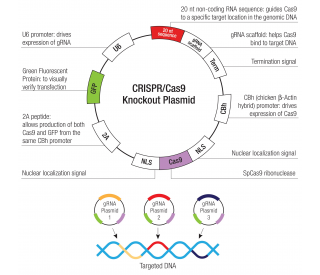
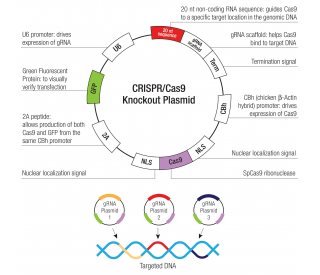
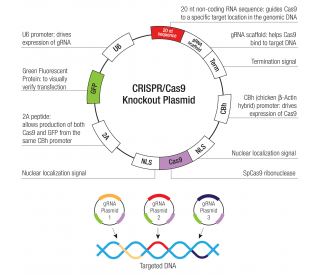
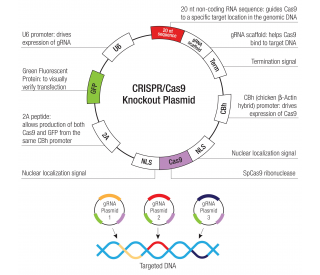
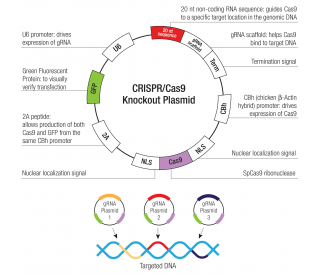




 粤公网安备44196802000105号
粤公网安备44196802000105号